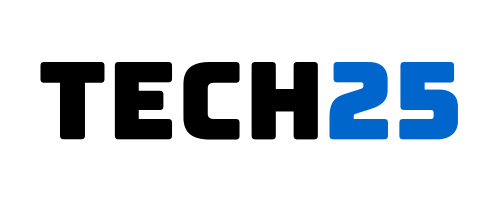If you have an old model TV, you might want to know how to connect Blu-ray to a TV without HDMI. In that case, you are at the perfect place.
Blu-ray disc players were released back in 2006. Since then, the devices have gone through various updates and modifications.
And, a lot of brands are manufacturing Blu-ray discs all over the world. Thus, according to the model or brand, the specifications of a Blu-ray player differ a lot.
However, one thing is common on all Blu-ray disc players: HDMI ports’ presence. Blu-ray disc players can run full HD 1080p videos without any issue. The best way to do this is to connect your Blu-ray player to your TV via HDMI.
But the problem arises when your TV doesn’t have any HDMI ports. Generally, almost all the newer TVs come with HDMI ports. However, if you have an old model at your disposal, it is possible that it doesn’t have HDMI ports at the back.
So, what can you do in this instance? Lucky for you, there are a few ways you can connect your Blu-ray player with your TV without HDMI. And, in this post, we will talk about all of that.
Are you ready? Then let’s begin…
Tutorial on How To Connect Blu-ray to TV without HDMI
What Types of Connections Do Blu-ray Disc Players Have?
Before we can proceed, we should get familiar with different types of connectivity that are available on Blu-ray discs. In the beginning, Blu-ray disc players were very basic.
Nowadays, you can get Blu-ray discs with streaming access, internet access, and many other unique features. Also, there are UHD (Ultra HD) Blu-ray players available as well.
As you know HDMI cables are capable of transferring both audio and video signals. So, every Blu-ray disc player comes with HDMI ports.
However, back in the days, these devices would also come with S-Video, Composite, and Component video outputs. In that case, only the Component and HDMI connectivity was able to output full HD 1080p videos.
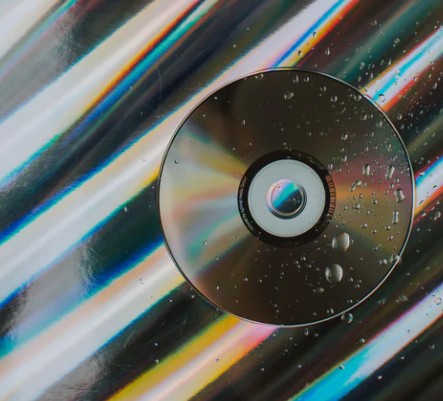
After a long time, back in 2013, all the connectivity options like Composite, Component, and S-Video were officially removed from Blu-ray players. It was done to combat privacy.
As a result, there are only HDMI ports nowadays in Blu-ray disc players. In many cases, some high-end Blu-ray disc players come with multiple HDMI ports.
Now that you are familiar with all the various connection types that are available on Blu-ray discs, we can move on to the tutorial part. In this part, we will share multiple methods of connecting a Blu-ray disc player to a TV without HDMI.
Method #1 If The TV and The Blu-ray Disc Player Have Component Port
Let’s say your TV has component ports instead of HDMI. And, your Blu-ray disc player also has component ports. In this case, you can easily connect your TV and Blu-ray discs without HDMI.
For the record, component ports are also known as YPbPr.
So, if you find that both your TV and Blu-ray discs have those, you can easily plug in the required cables into the specified ports. And you will be able to enjoy Blu-ray on your old TV.
Method #2 If the TV Has Only Composite Inputs
What if your TV doesn’t come with HDMI or even Component ports? That means you cannot use your Blu-ray disc with the TV in the usual way. And, it is really unfortunate. However, in that case, your TV must have composite inputs.
If that is right, then you can actually use HDMI to Composite converters. There are many brands that offer such converters.
You can buy them even from online stores like Amazon or Aliexpress. Depending on the brand and future, the price of the converter will vary.
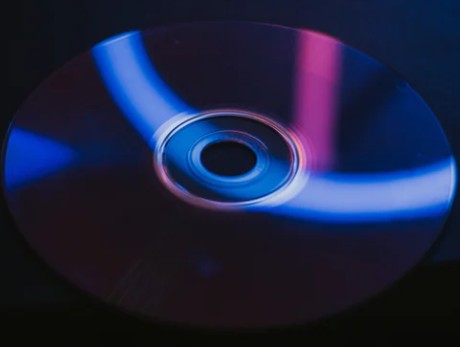
Here, the converter will convert HDMI signals that are compatible with Composite connectivity. However, you must remember that the video quality would not be so great.
Also, you could face issues with audio. So, go get an HDMI to Composite converter and connect your Blu-ray disc player to a TV without HDMI connectivity.
Method #3 How to Connect Blu-ray to a TV without HDMI If the TV has only Component Inputs
Typically, it is possible to play 1080p full HD videos using Component connectivity. However, in this case, both your TV and Blu-ray player must have it.
If your TV doesn’t have the Component inputs, you can buy an HDMI to Component converter.
Like the other solution we have provided, you can get the converters from online stores or offline. However, in this case, the price of this type of component converters is very high.
Also, they will not provide very good video and audio quality as well.
So, before you spend your money on the converter, make sure you are making wise decisions because you could buy a new HDTV instead of solving this issue.
Method #4 If Your TV has DVI and HDCP Compatibility
Nowadays, it is very hard to get a TV with DVI connectivity. However, back in the days, you could buy TVs with DVI connectivity.
Now, if you are one of them who has a TV with DVI connectivity, then you can get an HDMI to DVI adapter. However, there is a catch.
First of all, you will have to make sure whether your TV supports HDCP or not. If the TV supports HDCP, then the HDMI to DVI adapter will work.
Lucky for you, these types of pin adapters are cheap. But you will need a receiver in between to complete the connection.
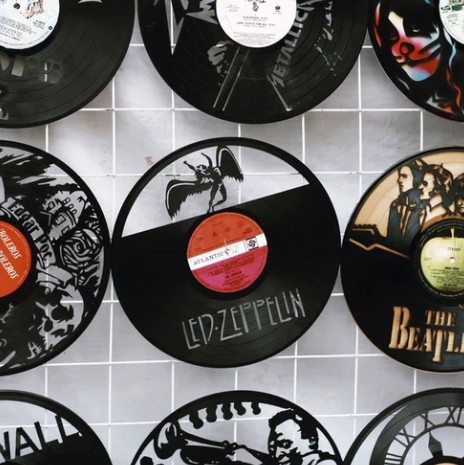
But if you don’t have the receiver, you will have to use a separate cable for the audio.
Alternatively, you can also use an HDMI audio extractor device for the audio in this case. All of these are very complicated, and the output quality would not be that great.
Method #5 How to Connect Blu-ray to a TV without HDMI If Your TV has DVI but Not HDCP Compatible
Above, we have shared how you can use your TV and Blu-ray disc player if it has a DVI port and HDCP compatibility.
But what if your TV doesn’t have HDCP compatibility but has DVI ports? In this instance, you will need to use an HDCP stripper device.
Then again, it is very hard to find such devices as they are not manufactured nowadays. Also the overall video and audio quality would not be that good compared to an HDMI connection.
Method #6 If Your TV has VGA Port
Back in the days, a lot of TVs would come with VGA ports as well. If your TV comes with a VGA input, then you should get an HDMI to VGA converter device.
The price of the device is not that high. However, you might have to dig a little deeper to get your hand on one.
The best option would be to search on online shopping platforms. The HDMI to VGA converter device would convert the HDMI signal from the Blu-ray disc player into VGA signals to play it on the TV.
Also, you will need a VGA cable for this connection.
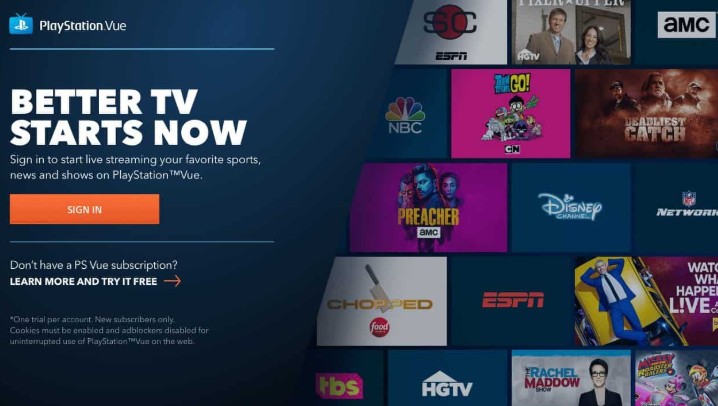
So all in all, you can see that depending on the connectivity inputs your TV has, the process of connecting a Blu-ray disc player to a TV without HDMI will vary.
Also, the overall cost of the new devices or accessories would be a bit high. In that sense, we think it is better to buy a new HDTV altogether. That way, you will be able to use the Blu-ray disc player to its full potential.
Summing up
Blu-ray disc players have come a long way. Usually, you can buy them separately. However, nowadays, most gaming consoles come with a Blu-ray disc by default.
Also, you can mount a Blu-ray disc player on your desktop PC. When you are buying a new Blu-ray disc player in this day and age, they will mostly come with an HDMI input.
So, if you want the best service from the device, you will also need a TV with an HDMI input. Lucky for you, nowadays, you can get an HDTV with HDMI connectivity at a very cheap price.
So, even if you can use converters to connect your Blu-ray disc player to your old TV that doesn’t have HDDMI, it is better to buy a new TV instead if possible. Because that way you will be able to experience the best using a Blu-ray player.
If you have any further questions or queries, please let us know in the comments below! And, don’t forget to read our post on How to Connect Wireless Microphone to Amplifier?
Before you go, don’t hesitate to share the post so that others can also solve their problem of connecting a Blu-ray player to a TV without HDMI.
